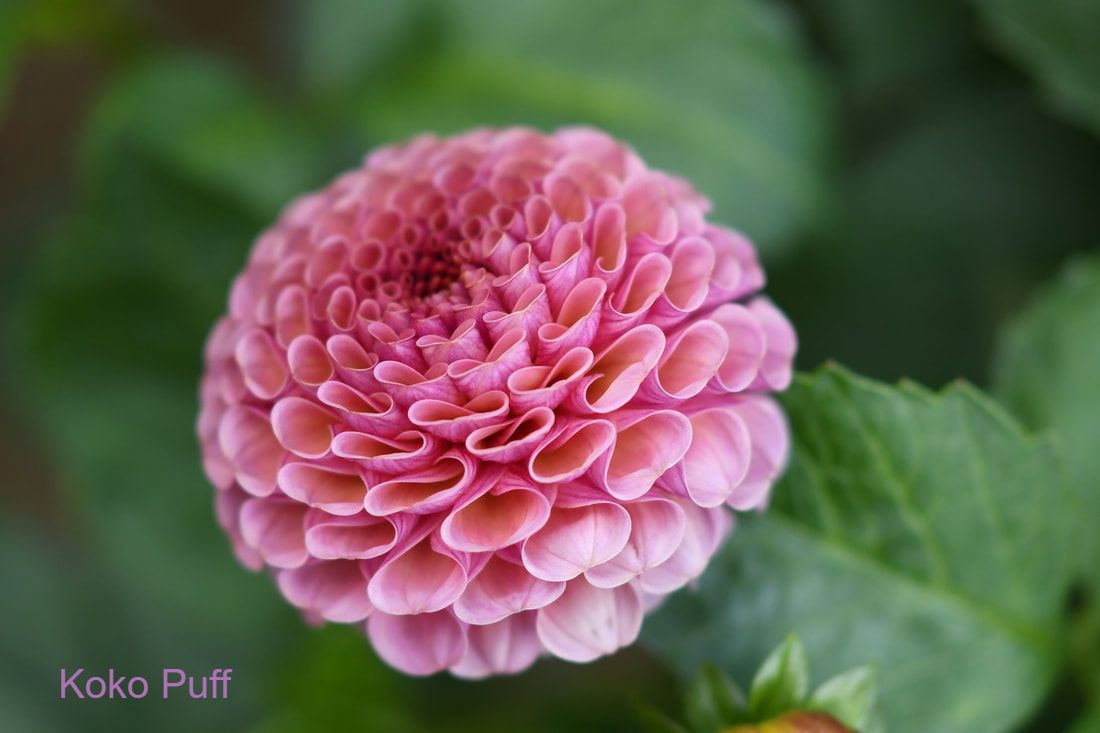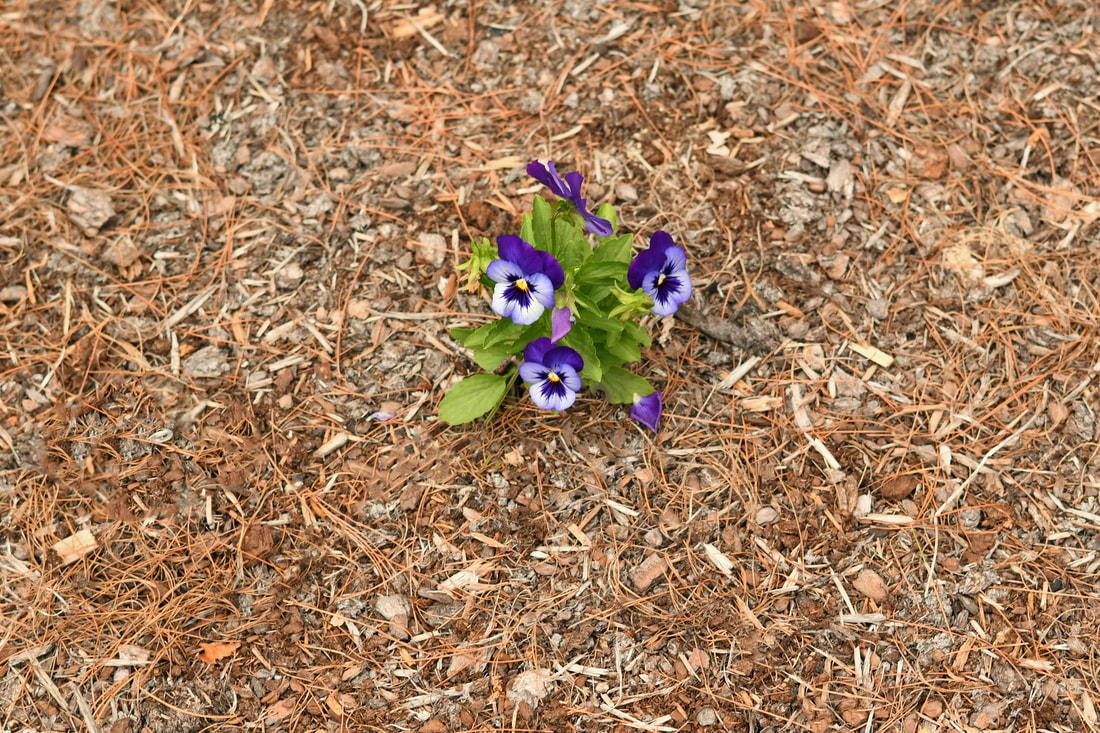Picture this: It’s 4 o’clock on a Friday in late summer. You’re standing in a garden full of over one hundred vibrant Dahlias in full bloom. Fast forward an hour and (gasp) all the blossoms are gone. Happily, by the next Monday afternoon, more than one hundred new blooms will replace them.
This Dahlia garden is the masterpiece of an incredible Dahlia Whisperer named Emily Cleaveland—known affectionately as The Dahlia Lady. Emily knows EVERYTHING about Dahlias. She even developed her own gorgeous variety from a “Honey Do” that she named “Can’t Elope.” This whole Dahlia thing started for Emily, as many good things do, with a kind gesture. Twenty years ago, when she worked at Dartmouth, Emily brought some ordinary flowers she had grown to a co-worker (coincidentally named Terri). Terri suggested she try her hand at Dahlias because they are such incredible flowers and are perfect for funerals.
I think they are more perfect for weddings. Hundreds of beaming brides have clutched Emily’s Dahlias as they walk down the aisle. As a photographer, I love the idea of all those pictures of short-lived Dahlia blooms preserved in cherished wedding albums for lifetimes.
Emily told me a funny story about the Dahlia named Café Au Lait. She grew it one season but was underwhelmed by its beige color so didn’t replant it. Oddly, Martha Stewart lauded the drab Café Au Lait as the perfect Dahlia for a bride’s bouquet to show off the whiteness of the bridal gown. Now Café Au Lait tubers run $30 to $50 each. Reluctantly Emily bought some tubers and grows “The Beast” among her beautiful flowers. Another instance of the power of marketing is Emily’s 2020 Toilet Paper Shortage Dahlia which is actually a white Dahlia that has some imperfections and isn’t usually marketed. People loved the name and bought them anyway.
When I heard Emily’s presentation at one of our Grantham Garden Club gatherings last year, she showed us how to grow Dahlias. These aren’t your average bulbs that you plant once and enjoy for years. These ladies are high maintenance perennials. Because our Upper Valley climate is too harsh for them to survive the winter, Emily digs up all 250 plants after the first killer frost. Then the tubers are washed, dried, rinsed in anti-fungal solution, marked with their names, and stored in her basement in peat moss in black plastic bags with holes punched in them. Emily stores between 3,000 to 5,000 tubers each year. The whole process takes about three weeks with help.
In the Spring, before planting tubers in her own garden, Emily sells many of her over-wintered tubers at the farmers market. Lots of people buy them for their own gardens and treat them as annuals, skipping the labor-intensive parts. If you can’t wait to get your hands on some of these delightful flowers though, stop by the Norwich Farmers Market on Saturday morning for the next few weeks. But hurry, the Dahlias go fast.
If you’d like to volunteer to help Emily dig up her plants, go to her website bydesigndahlias.com/ and you’ll find her contact information. Bear in mind that Emily won’t need help until late October/early November depending on when the killing frost arrives I am looking forward to helping out. I enjoy supporting good people and doing something I’ve never done before. To me, that’s what life is all about.
This Dahlia garden is the masterpiece of an incredible Dahlia Whisperer named Emily Cleaveland—known affectionately as The Dahlia Lady. Emily knows EVERYTHING about Dahlias. She even developed her own gorgeous variety from a “Honey Do” that she named “Can’t Elope.” This whole Dahlia thing started for Emily, as many good things do, with a kind gesture. Twenty years ago, when she worked at Dartmouth, Emily brought some ordinary flowers she had grown to a co-worker (coincidentally named Terri). Terri suggested she try her hand at Dahlias because they are such incredible flowers and are perfect for funerals.
I think they are more perfect for weddings. Hundreds of beaming brides have clutched Emily’s Dahlias as they walk down the aisle. As a photographer, I love the idea of all those pictures of short-lived Dahlia blooms preserved in cherished wedding albums for lifetimes.
Emily told me a funny story about the Dahlia named Café Au Lait. She grew it one season but was underwhelmed by its beige color so didn’t replant it. Oddly, Martha Stewart lauded the drab Café Au Lait as the perfect Dahlia for a bride’s bouquet to show off the whiteness of the bridal gown. Now Café Au Lait tubers run $30 to $50 each. Reluctantly Emily bought some tubers and grows “The Beast” among her beautiful flowers. Another instance of the power of marketing is Emily’s 2020 Toilet Paper Shortage Dahlia which is actually a white Dahlia that has some imperfections and isn’t usually marketed. People loved the name and bought them anyway.
When I heard Emily’s presentation at one of our Grantham Garden Club gatherings last year, she showed us how to grow Dahlias. These aren’t your average bulbs that you plant once and enjoy for years. These ladies are high maintenance perennials. Because our Upper Valley climate is too harsh for them to survive the winter, Emily digs up all 250 plants after the first killer frost. Then the tubers are washed, dried, rinsed in anti-fungal solution, marked with their names, and stored in her basement in peat moss in black plastic bags with holes punched in them. Emily stores between 3,000 to 5,000 tubers each year. The whole process takes about three weeks with help.
In the Spring, before planting tubers in her own garden, Emily sells many of her over-wintered tubers at the farmers market. Lots of people buy them for their own gardens and treat them as annuals, skipping the labor-intensive parts. If you can’t wait to get your hands on some of these delightful flowers though, stop by the Norwich Farmers Market on Saturday morning for the next few weeks. But hurry, the Dahlias go fast.
If you’d like to volunteer to help Emily dig up her plants, go to her website bydesigndahlias.com/ and you’ll find her contact information. Bear in mind that Emily won’t need help until late October/early November depending on when the killing frost arrives I am looking forward to helping out. I enjoy supporting good people and doing something I’ve never done before. To me, that’s what life is all about.















 RSS Feed
RSS Feed